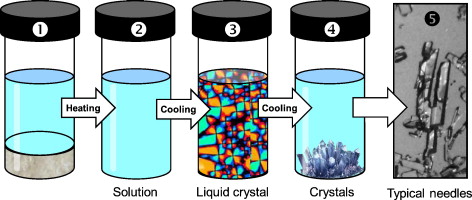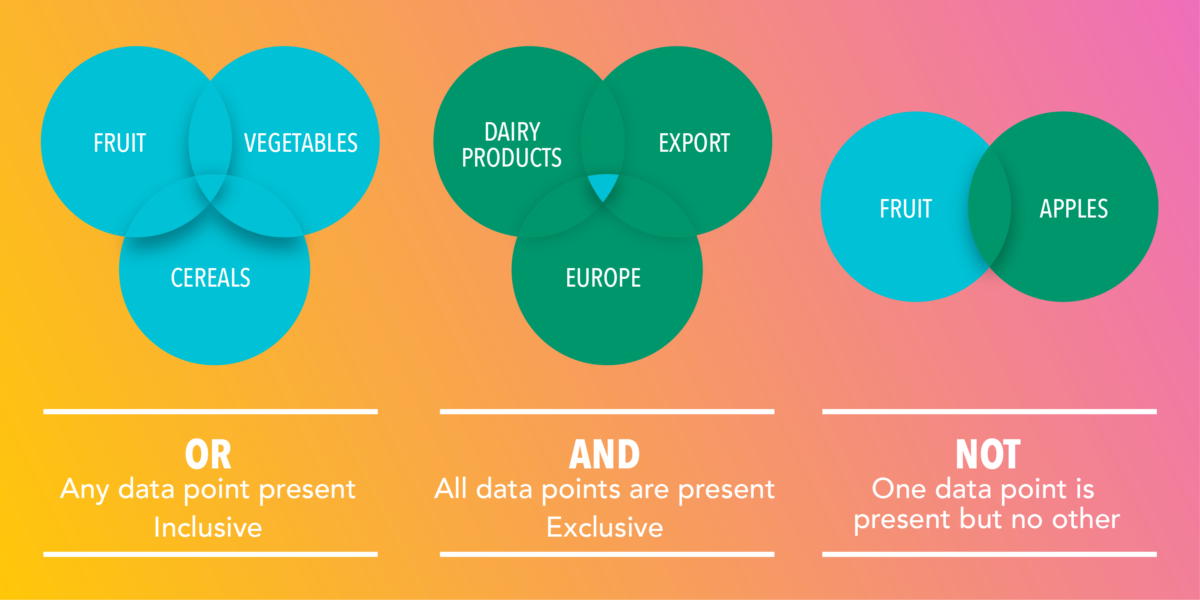Liquid crystal (LC) is a state of matter with qualities that fall in between liquids and solid crystals.
A liquid crystal, for example, may flow like a liquid but have its molecules arranged in a crystal-like pattern.
Liquid-crystal phases come in a variety of shapes and sizes, each with its own set of optical properties (such as textures).
Domains where liquid-crystal molecules are orientated in opposite orientations correspond to the contrasting sections in the textures.
The molecules, on the other hand, are well organized within a domain.
It’s possible that LC materials aren’t always in a liquid-crystal state of matter (just as water may turn into ice or water vapor).
Thermotropic, lyotropic, and metallotropic phases can be found in liquid crystals.
Organic molecules make up the majority of thermotropic and lyotropic liquid crystals, while a few minerals have been discovered.
When the temperature of thermotropic LCs is altered, the phase transition into the liquid-crystal phase occurs.
The temperature and concentration of liquid-crystal molecules in a solvent cause phase transitions in lyotropic LCs (typically water).
Metallotropic LCs contain both organic and inorganic molecules, and their liquid-crystal transition is influenced not only by temperature and concentration, but also by the ratio of inorganic to organic molecules.

Liquid crystals can be found in the natural world as well as in technology applications.
Liquid crystals are widely used in liquid-crystal displays.
In living systems, lyotropic liquid-crystalline phases are common, but they can also be found in minerals.
Many proteins and cell membranes, for example, are liquid crystals.
Other well-known liquid crystals include soap solutions and related detergents, as well as the tobacco mosaic virus and several clays.









